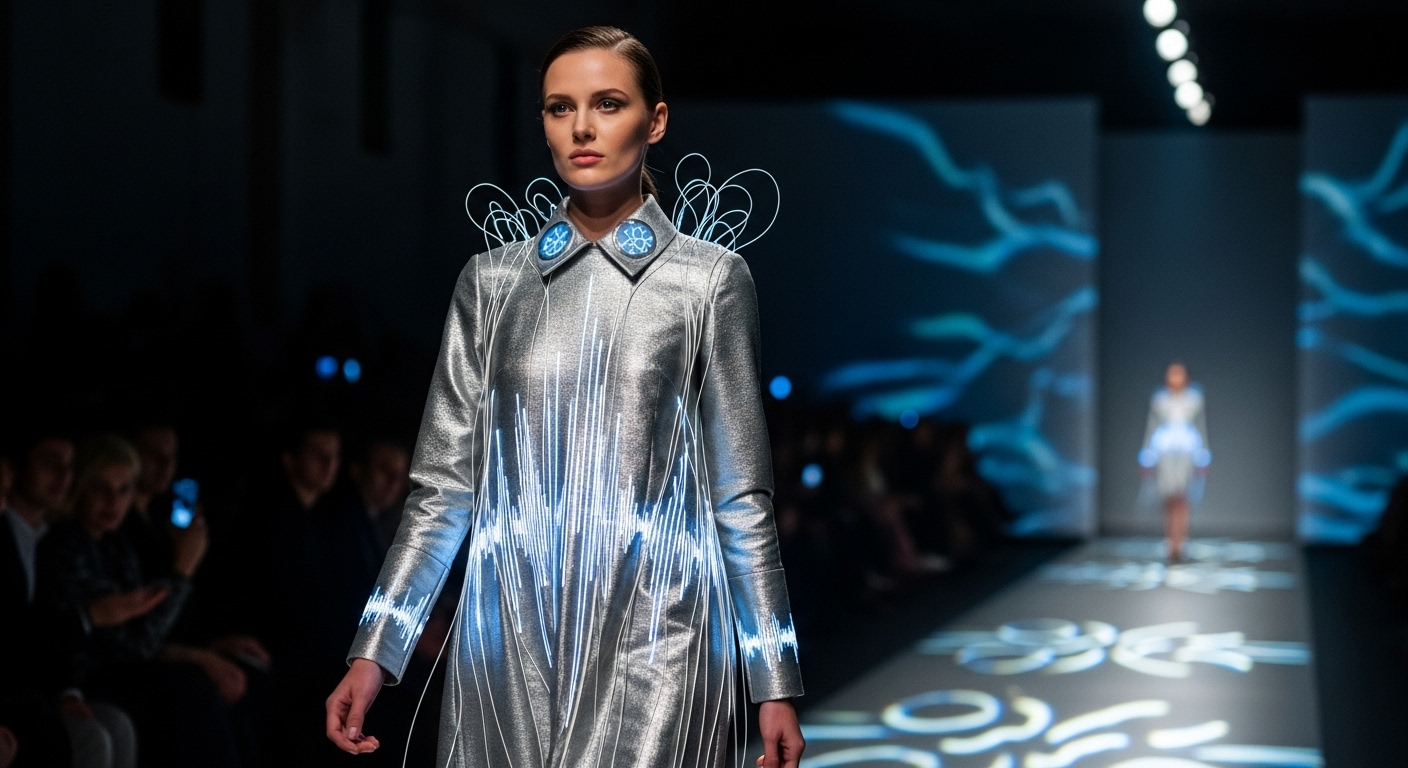Holographic Fashion: The Future of Haute Couture
In a world where digital and physical realms increasingly intertwine, holographic fashion emerges as a groundbreaking frontier in haute couture. This cutting-edge fusion of technology and design is revolutionizing runways, retail experiences, and personal style. As designers push the boundaries of what's possible, holographic fashion stands poised to reshape our relationship with clothing, blurring the lines between reality and imagination.

Technological Advancements Driving the Trend
The rapid evolution of holographic fashion has been made possible by significant strides in projection technology, augmented reality, and materials science. High-resolution projectors capable of creating vivid, three-dimensional images have become more compact and affordable. Simultaneously, advances in AR software have enabled designers to create intricate, responsive holographic patterns that can be overlaid onto physical garments.
Runway Revolution: Holographic Couture Takes Center Stage
Fashion weeks across the globe have become dazzling showcases for holographic couture. Renowned designers are embracing this new medium, creating ethereal garments that shift and transform before the audience’s eyes. These holographic pieces challenge traditional notions of fabric and form, allowing for impossible silhouettes and dynamic color changes that respond to the model’s movements or environmental stimuli.
Beyond the Catwalk: Retail and Consumer Applications
The impact of holographic fashion extends far beyond high-end runway shows. Innovative retailers are incorporating holographic displays into their store designs, allowing customers to virtually try on garments or see how they might look in different settings. This technology is also finding its way into personal wardrobes, with holographic accessories and smart clothing that can change appearance on demand, offering unprecedented versatility and personalization.
Sustainability and the Digital Wardrobe
One of the most intriguing aspects of holographic fashion is its potential to address sustainability concerns in the industry. By allowing consumers to own virtual wardrobes or augment their existing clothing with holographic overlays, this technology could significantly reduce the need for physical garment production. This shift towards digital fashion consumption may help mitigate the environmental impact of fast fashion and overconsumption.
Challenges and Ethical Considerations
As with any emerging technology, holographic fashion faces several hurdles. Technical limitations, such as the need for specialized viewing equipment or controlled lighting conditions, currently restrict widespread adoption. Additionally, the industry must grapple with ethical questions surrounding body image, privacy, and the potential for deepfake fashion. Addressing these concerns will be crucial for the long-term viability and acceptance of holographic couture.
The Intersection of Art, Technology, and Identity
Holographic fashion represents more than just a technological novelty; it’s a powerful medium for artistic expression and identity exploration. Designers and wearers alike are using this technology to push the boundaries of self-presentation, creating looks that were previously impossible. This fusion of digital and physical identities reflects broader societal shifts in how we perceive and express ourselves in an increasingly virtual world.
Future Prospects: Where Holographic Fashion is Headed
The trajectory of holographic fashion points towards even more immersive and interactive experiences. Industry experts predict the development of fully customizable, real-time holographic garments that can adapt to the wearer’s mood, environment, or social context. As the technology becomes more sophisticated and accessible, we may see a democratization of haute couture, allowing anyone to become their own designer and curator of digital fashion.
A New Era of Creative Expression
Holographic fashion stands at the forefront of a new era in creative expression, where the boundaries between technology and artistry are constantly being redefined. As this innovative field continues to evolve, it promises to transform not only how we dress but how we perceive and interact with fashion itself. The fusion of digital creativity with traditional craftsmanship opens up exciting possibilities for designers, consumers, and the fashion industry as a whole, heralding a future where our wardrobes are limited only by our imagination.





